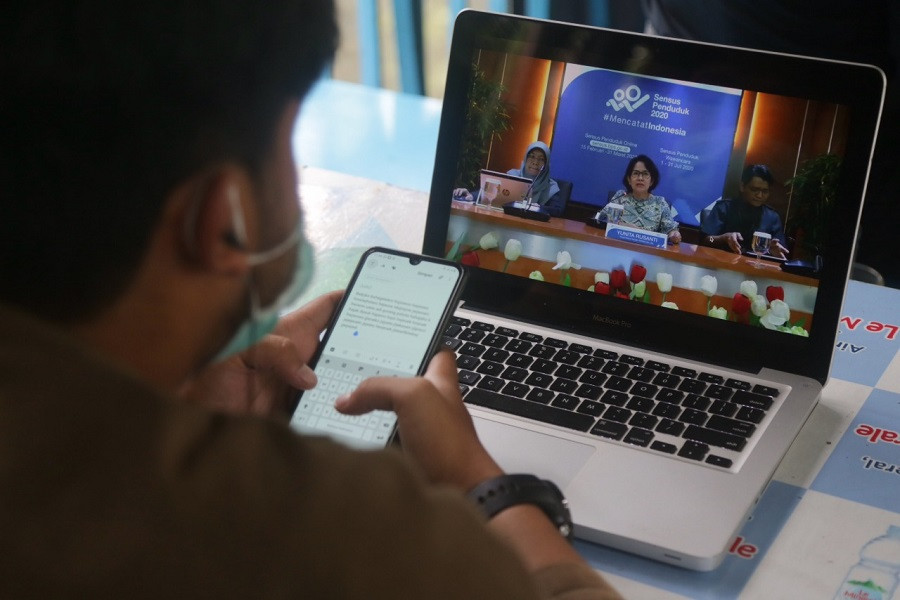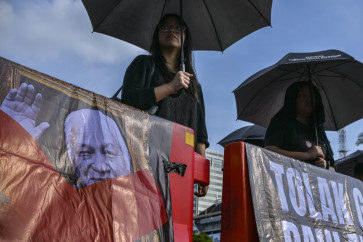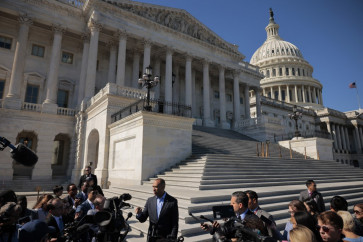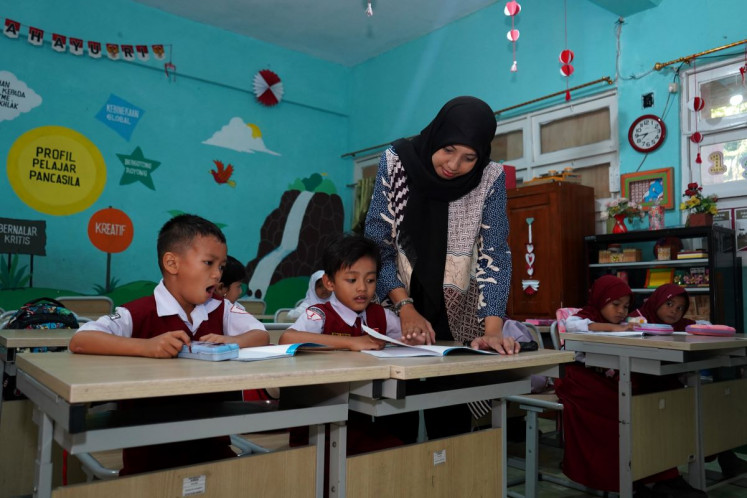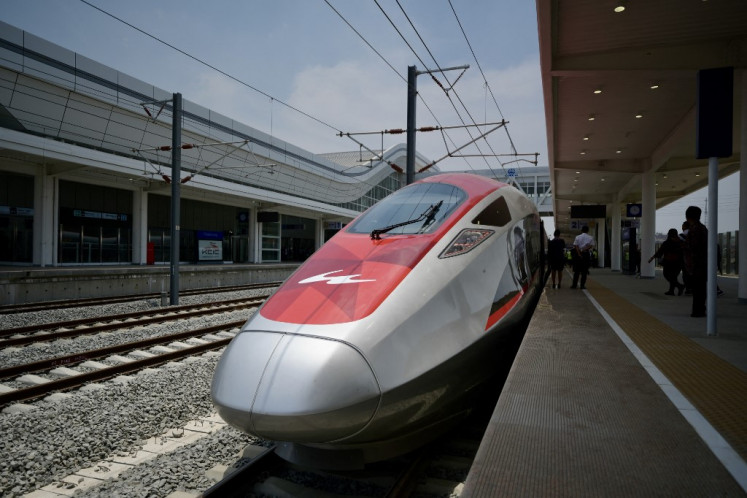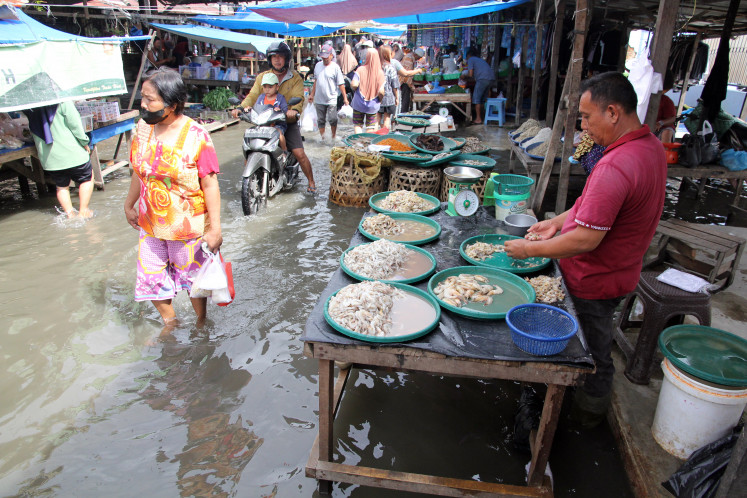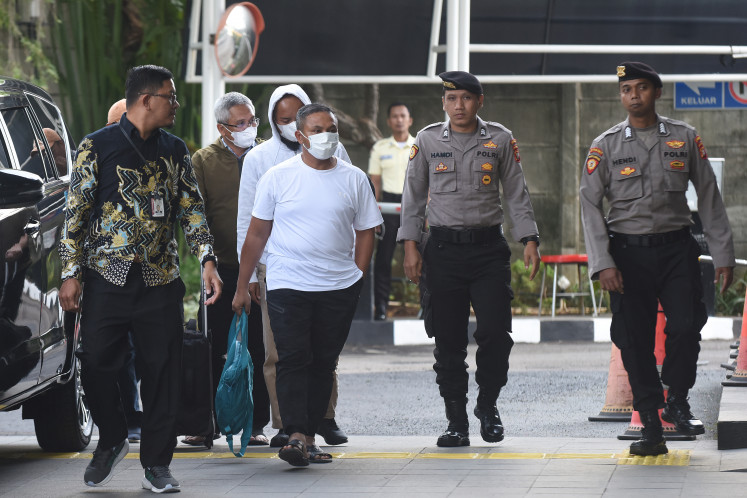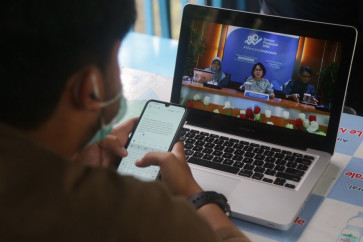Popular Reads
Top Results
Can't find what you're looking for?
View all search resultsPopular Reads
Top Results
Can't find what you're looking for?
View all search resultsHow to protect Indonesia’s productivity momentum
If the positive trend continues in the fourth quarter, then starting in 2022, Indonesia's annual economic growth will be higher than the inflation rate.
Change text size
Gift Premium Articles
to Anyone
S
tatistics Indonesia (BPS) reported last Friday that economic growth in the third quarter had fallen to 3.51 percent from 7.07 percent year-on-year (yoy) the inflation averaged 1.57 percent. However, these figures confirmed that Indonesia’s economy remained productive despite the devastating impacts of the Delta-fueled COVID-19 wave during half of the third quarter.
The severe mobility restrictions imposed to cope with the Delta variant depressed the hospitality, food, and beverage sectors to a contraction of 0.13 percent in the third quarter (yoy) from a 21.58 percent growth in the second quarter. The Purchasing Manager Index (PMI) dropped from 53.5 in June to 40.1 in July, but rose again to 43.7 in August and 52.2 in September. The Consumer Confidence Index (CCI) fell from 107.4 in June to 80.2 in July and 77.3 in August but rose to 95.5 in September.
The indicators show that business confidence (PMI) picked up slightly faster than the CCI. This trend can also be seen in the slower average Real Sales Index (RSI) of 190.4 in the third quarter of 2021 compared to 194.8 a year earlier.
Household spending recorded the lowest annual growth of 1.03 percent compared to other sectors of gross domestic product (GDP) expenditures. Another indicator also supported this trend. As the island with the highest population density, Java saw an economic growth rate of only 3.03 percent, lower than the national economic growth of 3.51.
Indonesia's economy did show resilience. Formal economic activities increased by 1.02 percent from August 2020, as shown by the growth of 0.65 percent in the labor-intensive formal manufacturing sector. This reduced the annual open unemployment rate from 7.07 percent in August 2020 to 6.49 percent in August this year.
Other data showed that in the third quarter of the year, the absorption rate of skilled workers increased while that of unskilled ones decreased. Likewise, the open unemployment rate in urban areas decreased more than that in villages.
If the positive trend continues in the fourth quarter, then starting in 2022, Indonesia's annual economic growth will be higher than the inflation rate. Before the pandemic, or between 2007 and 2019, open unemployment declined each time economic growth was higher than the inflation rate. Even if the inflation rate was higher than economic growth, open unemployment also fell. These figures confirmed that Indonesia had seen a better quality of economic growth since 2007.

